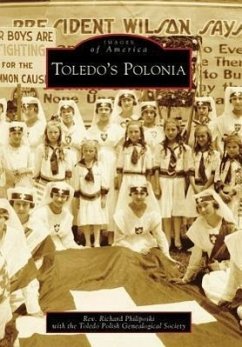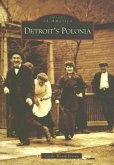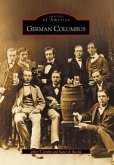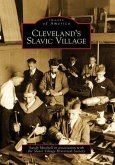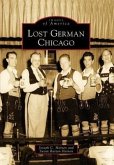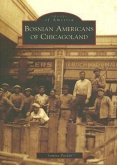Located on the western edge of Lake Erie and at the mouth of the Maumee River, Toledo developed rapidly as a port and industrial and transportation center in the 19th and 20th centuries. Beginning in the early 1870s, Polish immigrants were found among the German settlers. By 1882, there were two Polish parishes established in two distinct Polish neighborhoods (Lagrinka in North Toledo and Kuszwanc in South Toledo) that continued to grow and expand through the mid-20th century. Toledoas Polish community was numbered among the 10 largest in the country and was home to the Paryski Publishing Company, which printed more than three million books in the Polish language. This book illustrates how people lived, worshipped, socialized, celebrated life, and maintained their ethnic heritage while also becoming patriotic Americans.

